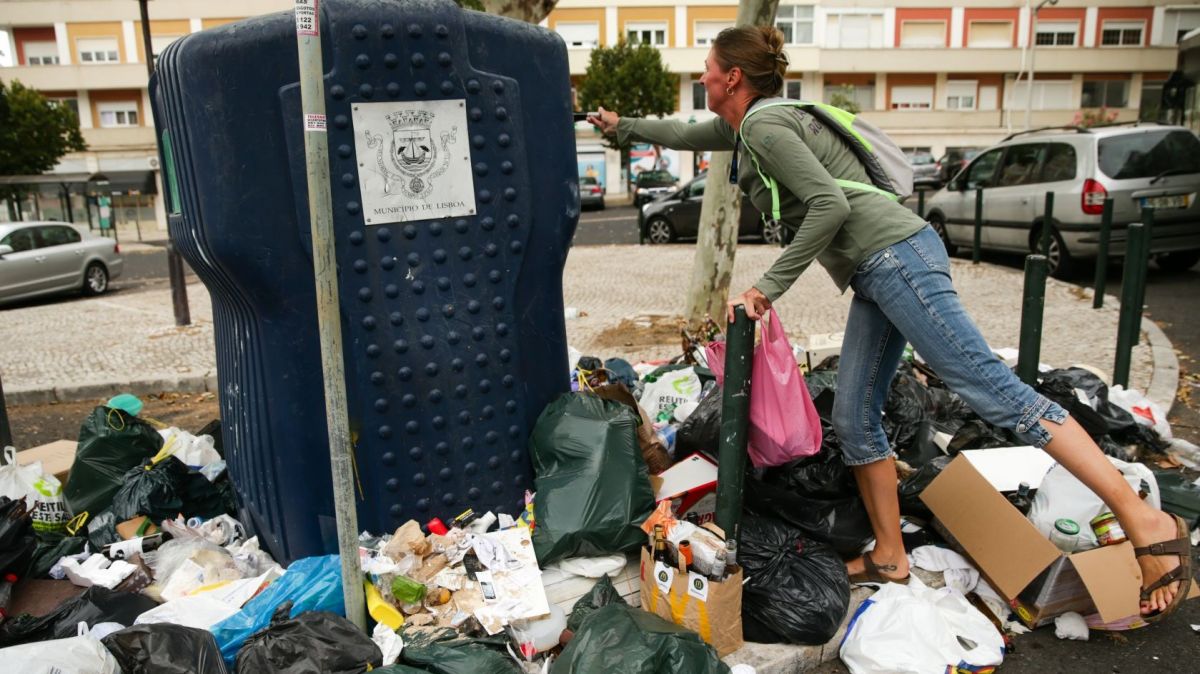The Douro Demarcated Region is in its harvest season and UTAD, in Vila Real, is also in the season where lab work intensifies, when the subproducts of the wine industry come in and gain a new life in the fields of cosmetics, pharmaceuticals, in foods and even in fuels.
Ana Barros, of the Centre of Research and Agri-environmental and Biological Technologies (CITAB), told Lusa that the goal is a circular economy in the wine industry with zero waste.
She’s studied the stalks, or rather, the skeletons of grapes after the berries are removed for nearly a decade, as it represents 25% of the organic waste of the wine industry and is studied and characterised little compared to other subproducts like the skin, seeds, dregs and pomace.
“At the moment, we have the creams ready,” she highlighted, claiming that a company has already shown interest in commercialising these products with “anti-wrinkle and anti-spot” properties.
Meanwhile, in the fields of pharmaceutics, Ana Barros tells of “a membrane” being developed that’s also “embedded with bioactive compounds extracted from the stalk and that’s destined for injury treatment, particularly for the treatment of diabetic feet.”
The natural resources are provided by Douro wine producers and are treated at UTAD. They’re washed, dried, ground and stored in samples, in a refrigerated environment, to be used later in the development of products.
After the removal of the bioactive compounds in stalks, there remains a solid residue. According to Ana Barros, this can “be used for the development of briquettes and pellets for fuel.”
In the study, she added, are other uses, such as the development of hyaluronic acid and bioethanol.
The UTAD also studies the exploration of other wine subproducts such as dregs, pomace and vine-pruning firewood.
The researcher said these tests done on pruning firewood point to “interesting results pertaining to antibacterial activity.”
In a challenge launched by Ana Barros in a class, a group of students developed rye bread and biscuits with vine dregs. The spin-off, Wine Lees, is in the development phase.
The products were given to taste testers and the response was positive, Estevan Carballo, a Brazilian baker taking Oenology at UTAD, revealed. Beyond its potential as food, Estevan also highlighted the nutritional properties of dregs and the “antioxidant and anti-aging” characteristics that remained even after the products were cooked.
Teresa Pinto, of CITAB, and Alice Vilela, of the UTAD Chemistry Centre, are creating infusions based on grapes and their skin, seeds and stalks, subproducts which seem to have nutritional and medicinal properties.
The research is using the ‘moscatel galego’ and ‘touriga nacional’ breeds of vine, which are frozen in the harvest season to be analysed, prepared, separated later, with the infusion being brought in the end to a panel of UTAD tasters.
Teresa Pinto explained that, at the moment, they’re working on the product’s covering “in order to improve the shelf life.”
The researcher emphasised that the grape represents “one of the world’s largest productions,” as the “wine industry generates millions [of euros] all over the world,” but “also generates a lot of waste.”
Students Gustavo Almeida and Evellin Machado, meanwhile, are using “vinegared” wine to create a composite that “harmonises Douro wine with pepper.”
With the “Vineyard Pepper” project, the students figured out “a way the defect of wine can be advantageous in another product,” which they want to introduce to the market.
















Rye bread? And where exactly do you find good rye bread in Portugal?
By K from Other on 02 Sep 2023, 15:30
French brand Caudalie has been doing this for decades.
By Hart from Lisbon on 03 Sep 2023, 06:44